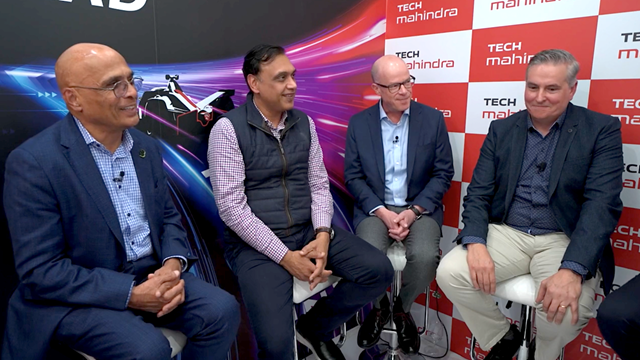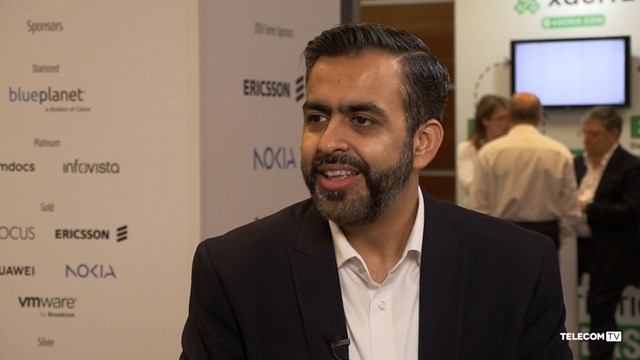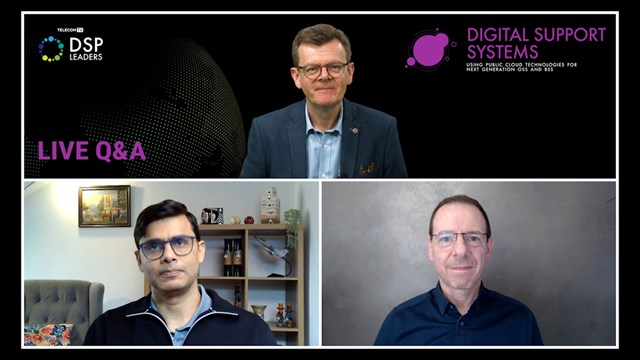To embed our video on your website copy and paste the code below:
<iframe src="https://www.youtube.com/embed/BudHbeWJ99w?modestbranding=1&rel=0" width="970" height="546" frameborder="0" scrolling="auto" allowfullscreen></iframe>
Marcus Brunner, Head of Standardization, Open Source and Eco-System Development, Swisscom
Marcus talks with Martyn Warwick about ‘cloud native’ and why it’s the current best practice for the telecoms industry. “I don’t see how it can not be,” he says.
According to Marcus the transformation of organisational culture has turned out to be the main driver for the adoption of cloud native. Swisscom had a bit of a head start, culture-wise, since it already had a big IT element so that approach wasn’t terribly new to it, plus its small size helped. But a lot of CSPs are struggling with the new way of doing things.
By and large he thinks the hyperscalers are future business partners. They also represent a little competition, but it’s a give and take relationship.
Swisscom is trying out the first versions of cloud native network functions which it is testing and readying for commercial deployment. But there are no plans for an old-fashioned ‘road map’ specifying what goes in and when. Marcus says Swisscom’s approach is about learning as you go along. It feels much easier with cloud native to install things than it was with NFV, he says, but It’s operationally a bit of a challenge as you have a lot more components and a lot more things to check if something goes wrong. It’s easier with cloud native because there is already more inherent automation in the systems.
Filmed at: Great Telco Debate 2019
Email Newsletters
Sign up to receive TelecomTV's top news and videos, plus exclusive subscriber-only content direct to your inbox.




